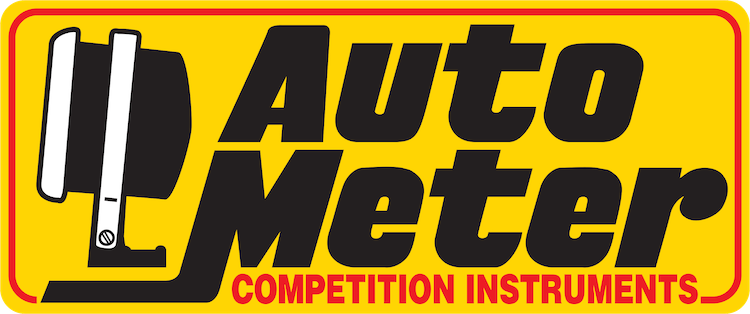First we need to determine the model number of the gauge to know what the calibrated resistance range is of the gauge in question. You may either check our catalog or use the Ask A Question feature to find out what the range of operation of the gauge is.
Next, we need to determine whether that gauge is a match for the sending unit that you are using. For example, a 0 to 90 ohm gas gauge will not operate correctly on a universal sender with a range of 240 to 33 ohms.
If the gauge increases in resistance from Empty to Full, such as 0 to 90, 0 to 30, or 16 to 158, and assuming that the gauge is properly matched to the sender then read on. The most common cause of this type of gauge to read over full is typically due to no ground at the sender, an open circuit, or break in the wire going from the gauge to the sender. A quick and easy way to check the gauge is to remove the sender wire off of the back of the gauge, leave the power and ground hooked up and use a jumper wire to connect the “S” terminal of the gauge to ground. Turn the power on. If the gauge responds by going to E, then you have proven that the gauge responds well. Jumping the “S” terminal to ground is the same as 0 ohms of resistance to ground. Having no wire or jumper on the “S” terminal is infinite resistance to ground which is much greater than the gauges F reading which then will cause the gauge to read past full. If when you jumpered the “S” terminal to ground and the gauge did not respond by going to E, you will then check power, check ground, check the ground you jumpered to, then lastly check the model number on the gauge to see if you have the correct gauge (one that goes up in resistance reading as the fuel level increases).
If the gauge you have decreases in resistance from Empty to Full, such as a 73 to 10, or 240 to 33 and assuming that the gauge is matched to the sender, then read on. The most common cause of a fuel level gauge of this type to read only past full is if the “S” terminal of the gauge is somewhere shorted to chassis ground or of the sender is internally shorted to ground. A quick and easy way to check the gauge is to remove the sender wire from the back of the gauge, leave the power and ground hooked up and turn the power on. With nothing attached to the “S” terminal, the gauge should read Empty. If the gauge responds by going to empty, then the gauge is likely fine. You will then want to make sure the gauge you have matches the sender in your vehicle. While the sender wire is off of the gauge, you may use an ohm meter to measure the resistance of the sender. Hook the red wire of the ohm meter to the sender wire while it is off of the gauge and the negative lead of the ohm meter to ground. This will tell you what the gauge is seeing from the sender for resistance and will help determine whether you have a gauge problem or a sender problem/wiring problem. At this time you should also know about how much fuel is in the tank so you have something to compare to.
